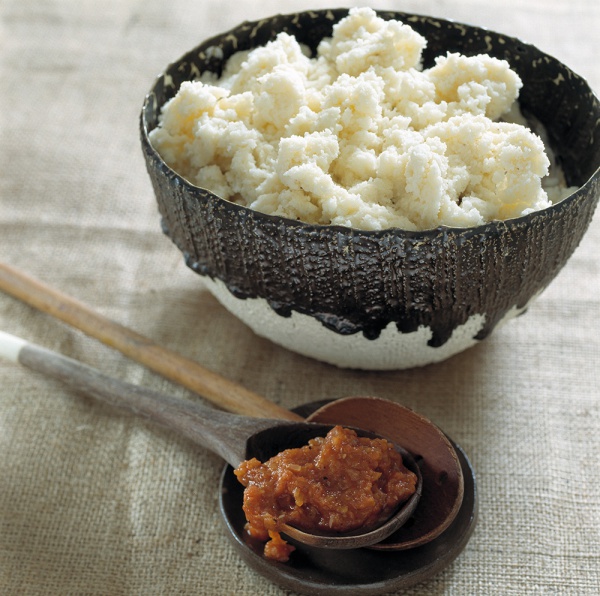Facts About Phutu
Ugali, also known as ugali pap, nsima, or nshima, is a cherished maize flour porridge that serves as a staple food in many African countries. While maize is the most common base ingredient, ugali can also be prepared using flours like millet or sorghum, often mixed with cassava flour for a distinctive variation. The term "ugali" originates from Swahili, underscoring its profound roots in African cuisine.
Introduced to Africa in the 16th and 17th centuries, maize swiftly became a crucial cereal crop. Today, nshima or nsima is a staple dish in Malawi and Zambia, made from maize flour and typically accompanied by an assortment of sides such as meat and vegetables.
In Ghana, you can savor Sagtulga, a favored dish made from maize and cassava dough, often enjoyed with soupy sides. In Kenya, obusuma is a wedding staple, generally served with vegetables and meat. South Africa offers its own version with pap, a traditional maize porridge that varies in consistency and is frequently served alongside vegetable and meat dishes. In Zimbabwe and across Southern Africa, sadza—a maize meal dish—serves as a dietary mainstay, typically complemented by various condiments and meats.
Ugali also has some international counterparts. Consider polenta from Italy or grits from the southern United States. In West and Central Africa, fufu—a starch-based dish—can similarly be made from maize meal. The Caribbean features analogous dishes like cou-cou, funchi, and funjie, all reflecting the influence of African porridges. Other notable dishes include banku, isidudu, uphuthu, umpokoqo, and umngqusho, each with its unique preparation and flavors, beloved in different regions.
Regardless of where you find these dishes, they invoke a sense of home and tradition, each with its local character and favored accompaniments.

 Namibia
Namibia